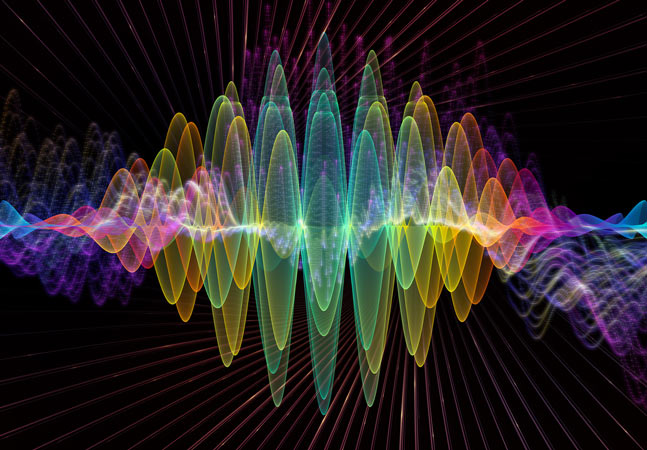
Dr. James McCaffrey of Microsoft Research presents a full step-by-step example with all code to predict a person's optimism score from their occupation, eye color and country.
- By James McCaffrey
- 05/02/2022

CIFAR-10 problems analyze crude 32 x 32 color images to predict which of 10 classes the image is. Here, Dr. James McCaffrey of Microsoft Research shows how to create a PyTorch image classification system for the CIFAR-10 dataset.
- By James McCaffrey
- 04/11/2022
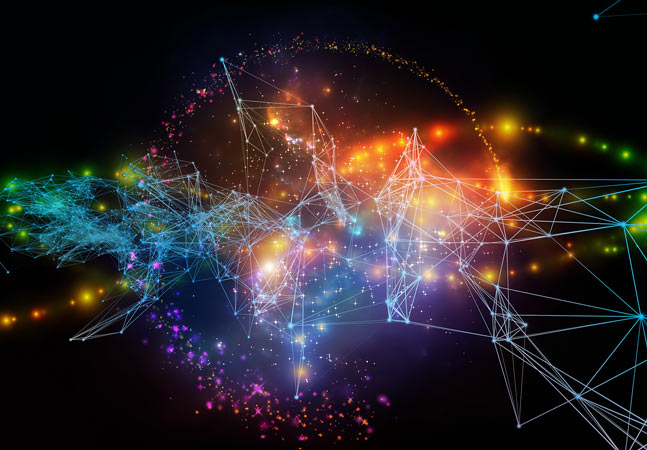
CIFAR-10 problems analyze crude 32 x 32 color images to predict which of 10 classes the image is. Here, Dr. James McCaffrey of Microsoft Research explains how to get the raw source CIFAR-10 data, convert it from binary to text and save it as a text file that can be used to train a PyTorch neural network classifier.
- By James McCaffrey
- 04/01/2022

This demo from Dr. James McCaffrey of Microsoft Research of creating a prediction system for IMDB data using an LSTM network can be a guide to create a classification system for most types of text data.
- By James McCaffrey
- 03/21/2022
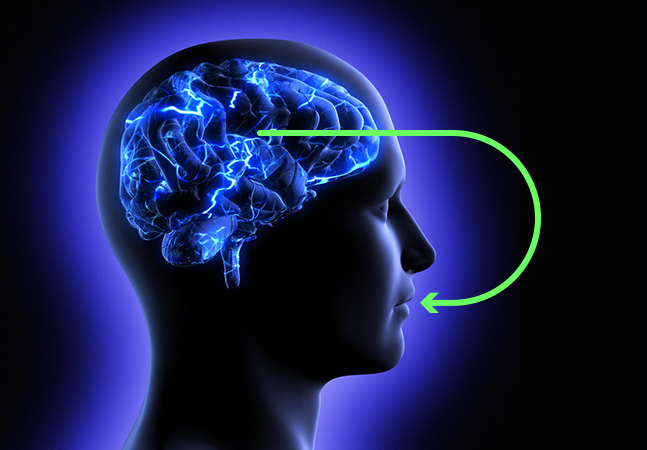
Dr. James McCaffrey of Microsoft Research shows how to get the raw source IMDB data, read the movie reviews into memory, parse and tokenize the reviews, create a vocabulary dictionary and convert the reviews to a numeric form.
- By James McCaffrey
- 03/03/2022
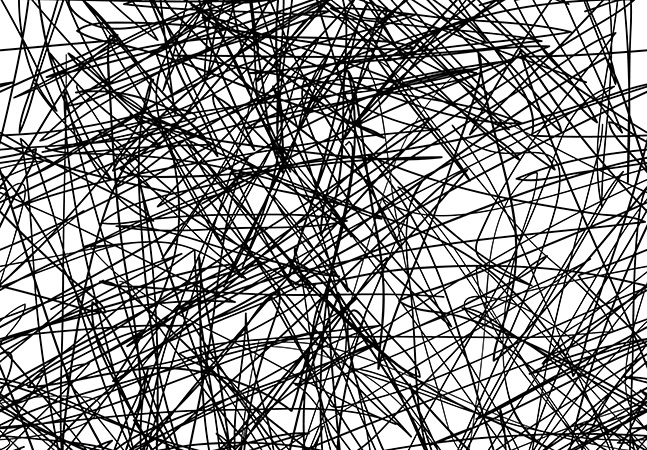
Dr. James McCaffrey of Microsoft Research details the "Hello World" of image classification: a convolutional neural network (CNN) applied to the MNIST digits dataset.
- By James McCaffrey
- 02/15/2022

Dr. James McCaffrey of Microsoft Research demonstrates how to fetch and prepare MNIST data for image recognition machine learning problems.
- By James McCaffrey
- 02/01/2022

Dr. James McCaffrey of Microsoft Research explains a new idea that slightly modifies standard simulated annealing by borrowing ideas from quantum mechanics.
- By James McCaffrey
- 01/20/2022

A chi-square (also called chi-squared) test is a classical statistics technique that can be used to determine if observed-count data matches expected-count data.
- By James McCaffrey
- 01/03/2022

With Visual Studio 2022 having debuted just one month ago, there are now dozens of new extensions available specifically targeting the revolutionary 64-bit IDE.

Dr. James McCaffrey of Microsoft Research uses the Hugging Face library to simplify the implementation of NLP systems using Transformer Architecture (TA) models.
- By James McCaffrey
- 12/07/2021

Dr. James McCaffrey of Microsoft Research shows how to implement simulated annealing for the Traveling Salesman Problem (find the best ordering of a set of discrete items).
- By James McCaffrey
- 12/01/2021

The goal is sentiment analysis -- accept the text of a movie review (such as, "This movie was a great waste of my time.") and output class 0 (negative review) or class 1 (positive review).
- By James McCaffrey
- 11/16/2021

The goal is to create a model that accepts a sequence of words such as "The man ran through the {blank} door" and then predicts most-likely words to fill in the blank.
- By James McCaffrey
- 11/03/2021

The main advantage of using PCA for anomaly detection, compared to alternative techniques such as a neural autoencoder, is simplicity -- assuming you have a function that computes eigenvalues and eigenvectors.
- By James McCaffrey
- 10/21/2021
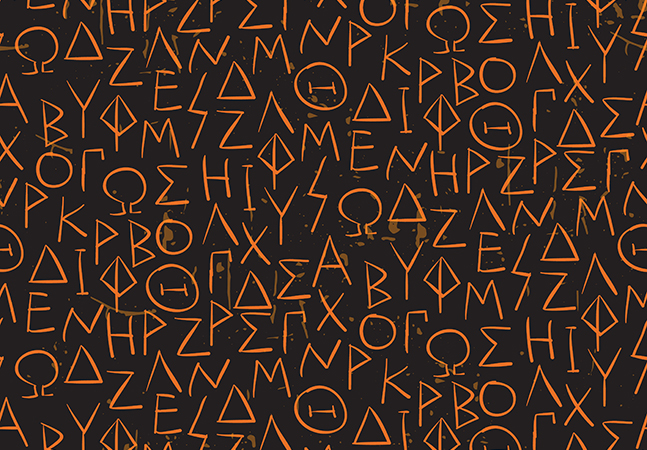
Dr. James McCaffrey of Microsoft Research presents a simple technique he has used with good success, previously unpublished and without a standard name.
- By James McCaffrey
- 10/04/2021

Eric Vogel provides step-by-step instructions to create an ASP.NET 5 Core web app in Visual Studio 2019 and embed a Power BI report in it.
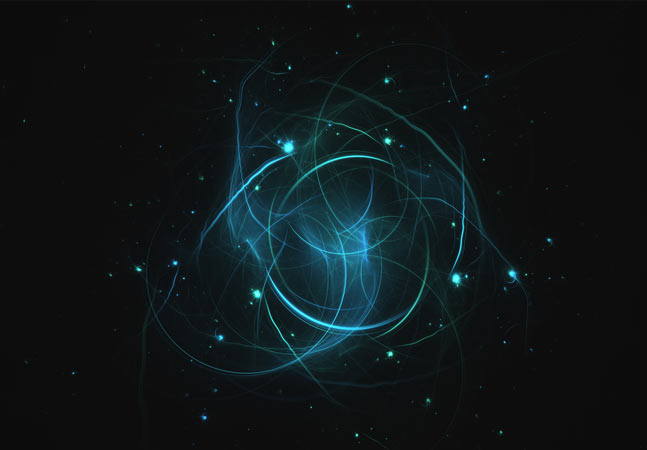
At first thought, computing the similarity/distance between two datasets sounds easy, but in fact the problem is extremely difficult, explains Dr. James McCaffrey of Microsoft Research.
- By James McCaffrey
- 09/20/2021

Dr. James McCaffrey of Microsoft Research explains stochastic gradient descent (SGD) neural network training, specifically implementing a bio-inspired optimization technique called differential evolution optimization (DEO).
- By James McCaffrey
- 09/07/2021

Dr. James McCaffrey of Microsoft Research shows how to compute the Wasserstein distance and explains why it is often preferable to alternative distance functions, used to measure the distance between two probability distributions in machine learning projects.
- By James McCaffrey
- 08/16/2021